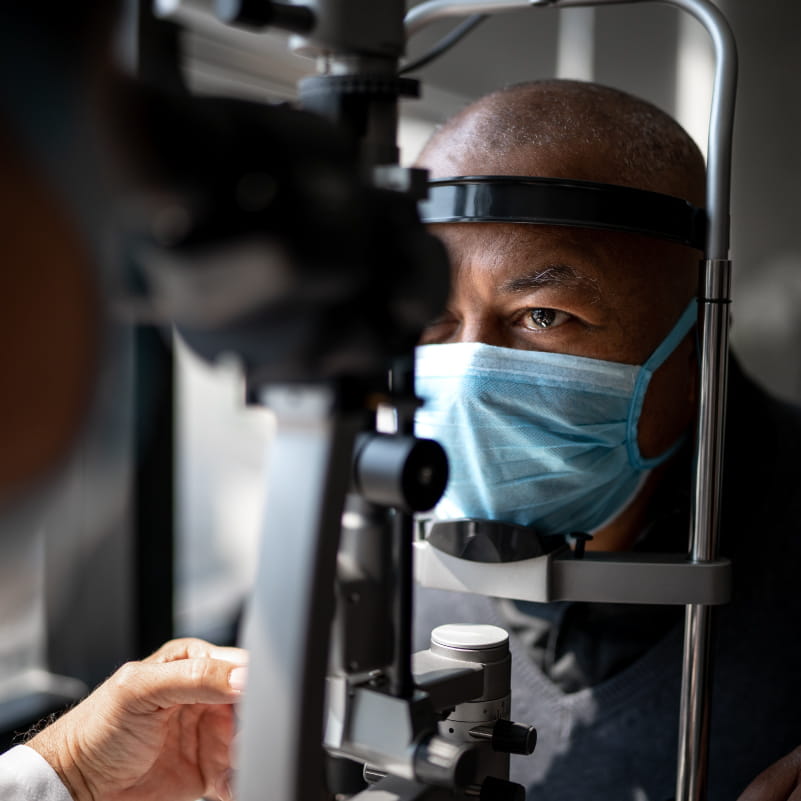Primary Eye Care
Primary eye care is a critical component of your health care. Regular eye exams allow your optometrist to assess and protect your vision and eye health, as well as identify any changes or problems with your vision. Our broad-based care allows Rochester Regional Health to diagnose a wide variety of patients and citizens. We offer comprehensive eye examinations, contact lens, and glasses fittings, screenings for cataracts and glaucoma, and have full-service optical shops throughout the Finger Lakes regions.
Learn More about Primary Eye Care





